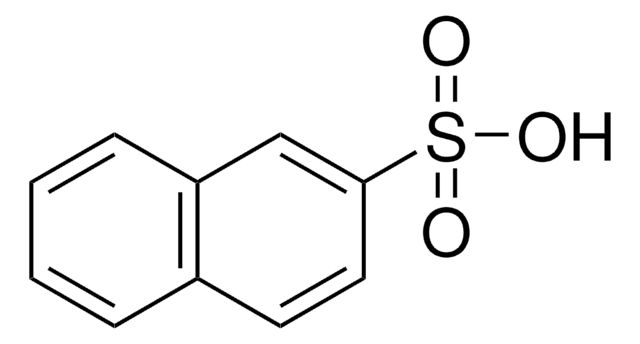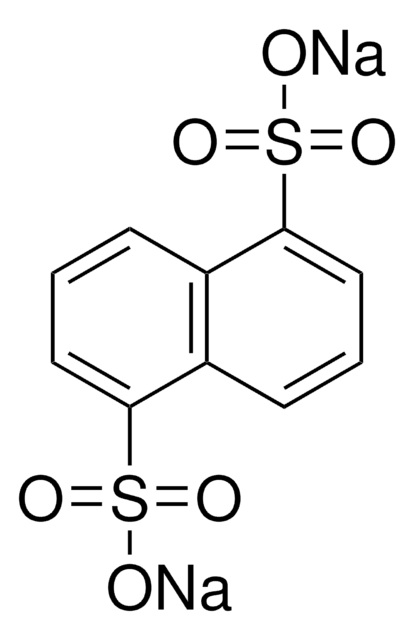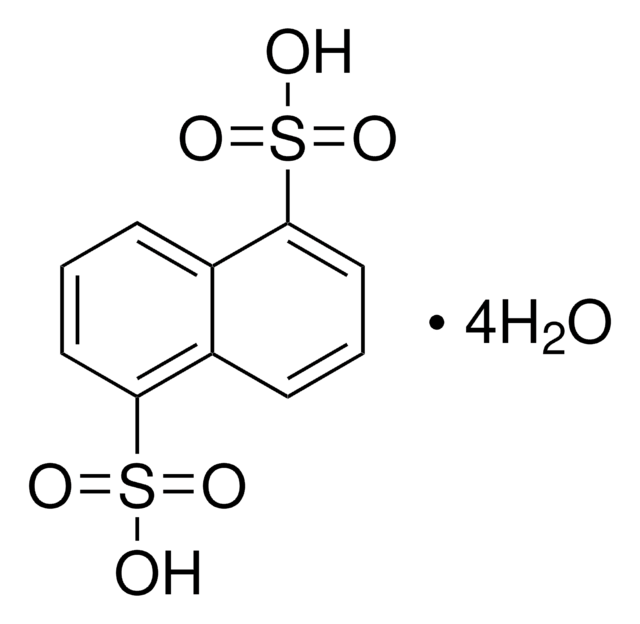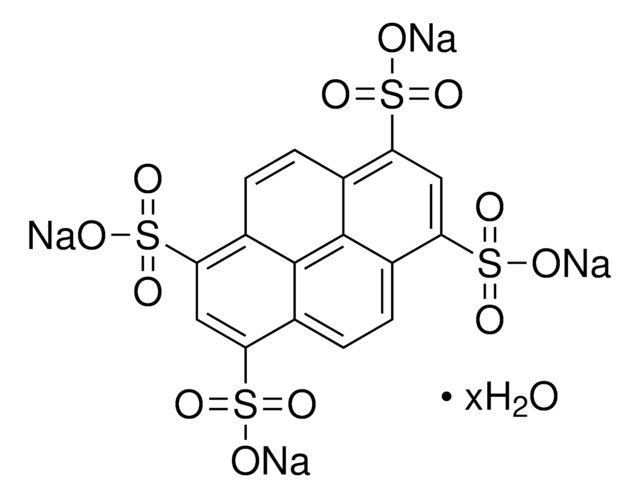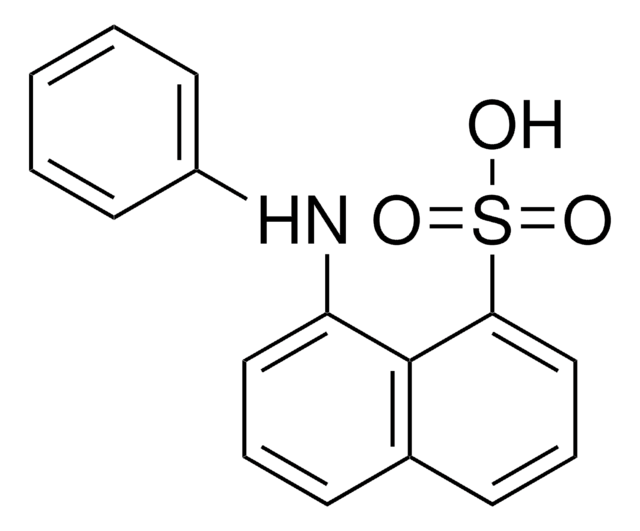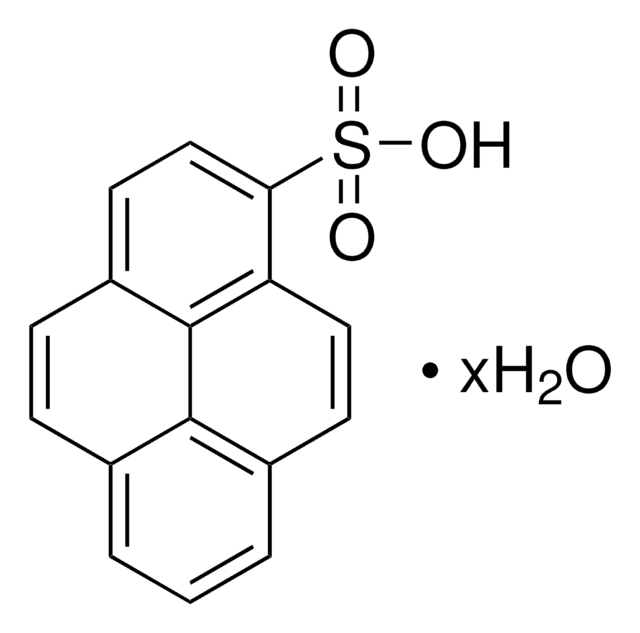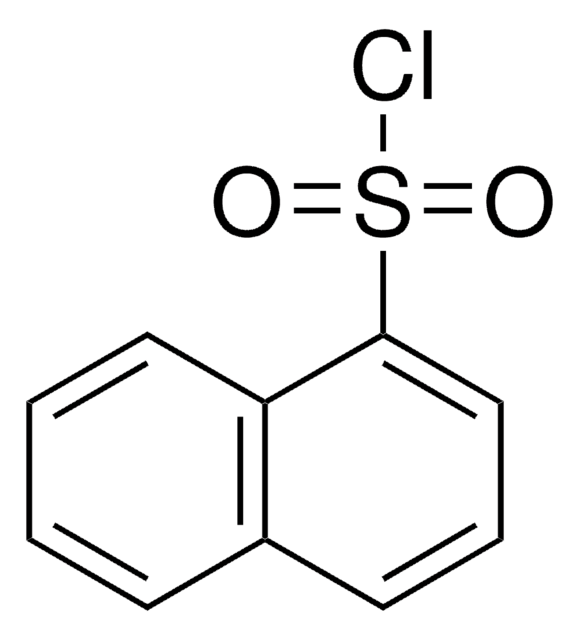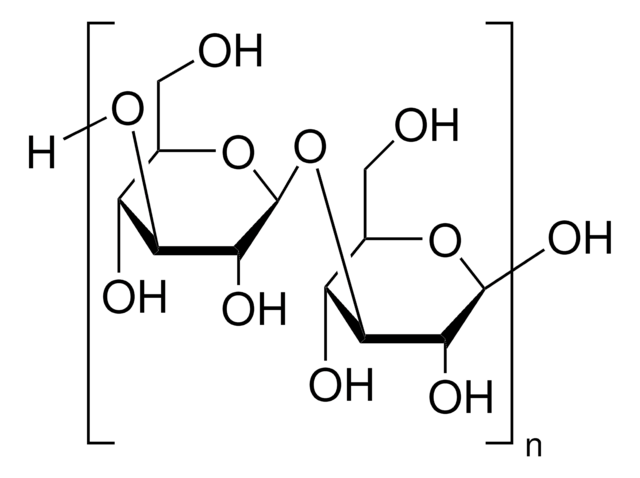186341
1-Naphthalenesulfonic acid
>50%
About This Item
Produits recommandés
Forme
solid
Concentration
>50%
Pf
77-79 °C (lit.)
Solubilité
alcohol: freely soluble
diethyl ether: slightly soluble
water: freely soluble
Chaîne SMILES
OS(=O)(=O)c1cccc2ccccc12
InChI
1S/C10H8O3S/c11-14(12,13)10-7-3-5-8-4-1-2-6-9(8)10/h1-7H,(H,11,12,13)
Clé InChI
PSZYNBSKGUBXEH-UHFFFAOYSA-N
Informations sur le gène
human ... EGFR(1956) , LCK(3932)
Description générale
Application
Autres remarques
Mention d'avertissement
Danger
Mentions de danger
Classification des risques
Eye Dam. 1 - Met. Corr. 1 - Skin Corr. 1B
Code de la classe de stockage
8A - Combustible corrosive hazardous materials
Classe de danger pour l'eau (WGK)
WGK 3
Point d'éclair (°F)
Not applicable
Point d'éclair (°C)
Not applicable
Faites votre choix parmi les versions les plus récentes :
Déjà en possession de ce produit ?
Retrouvez la documentation relative aux produits que vous avez récemment achetés dans la Bibliothèque de documents.
Les clients ont également consulté
Notre équipe de scientifiques dispose d'une expérience dans tous les secteurs de la recherche, notamment en sciences de la vie, science des matériaux, synthèse chimique, chromatographie, analyse et dans de nombreux autres domaines..
Contacter notre Service technique